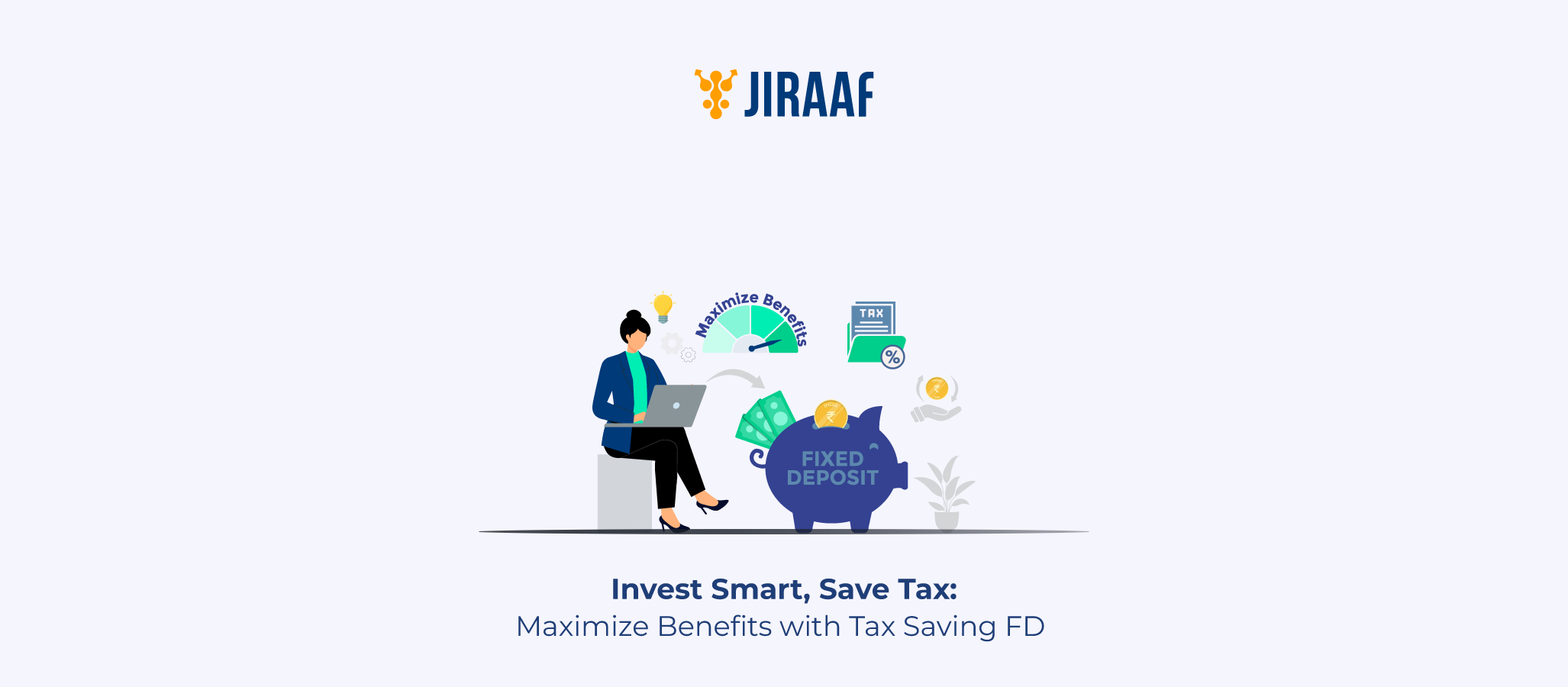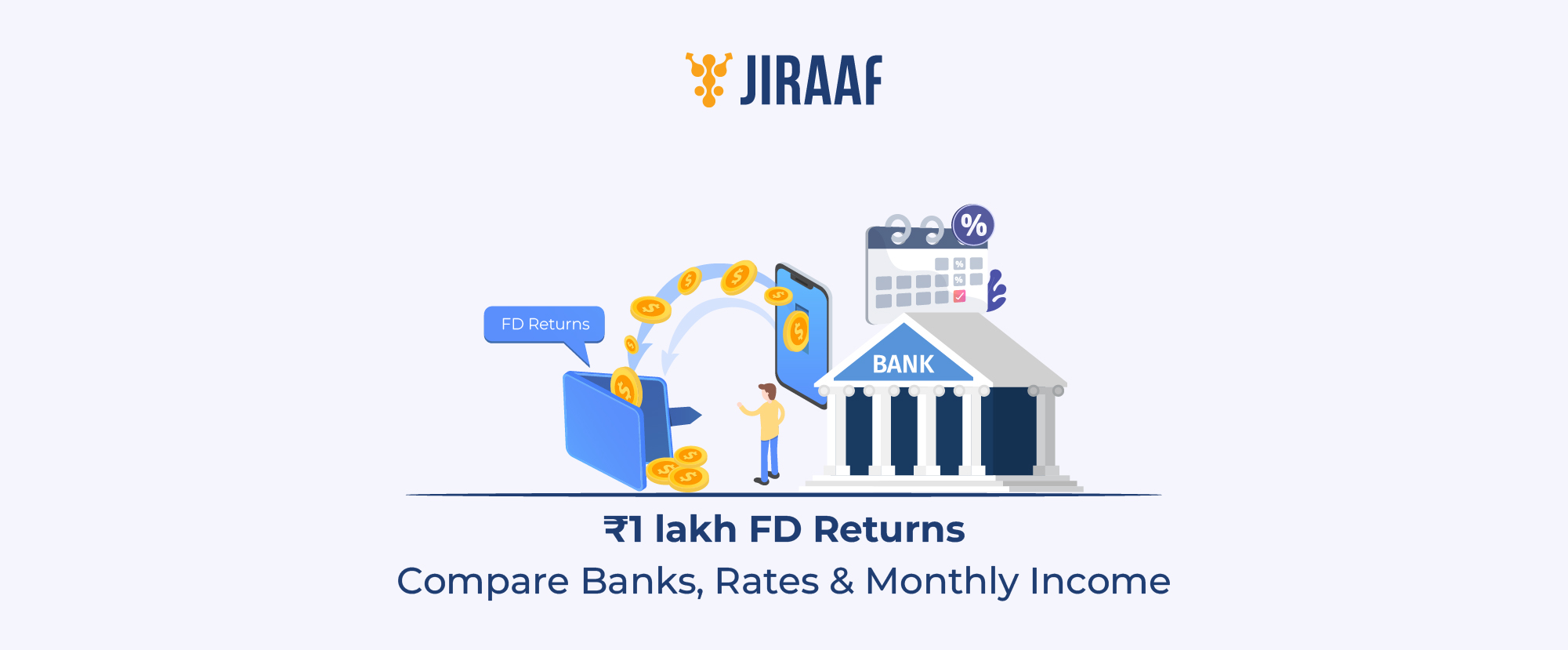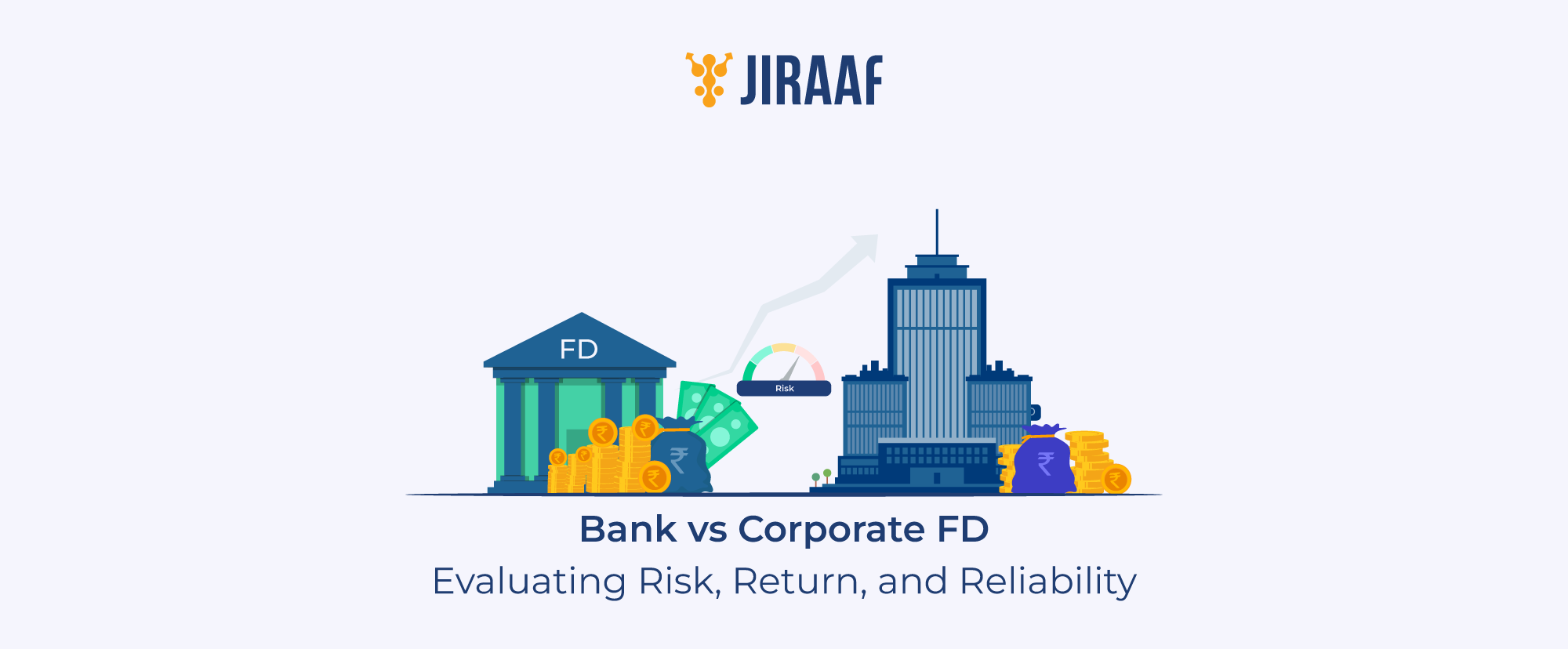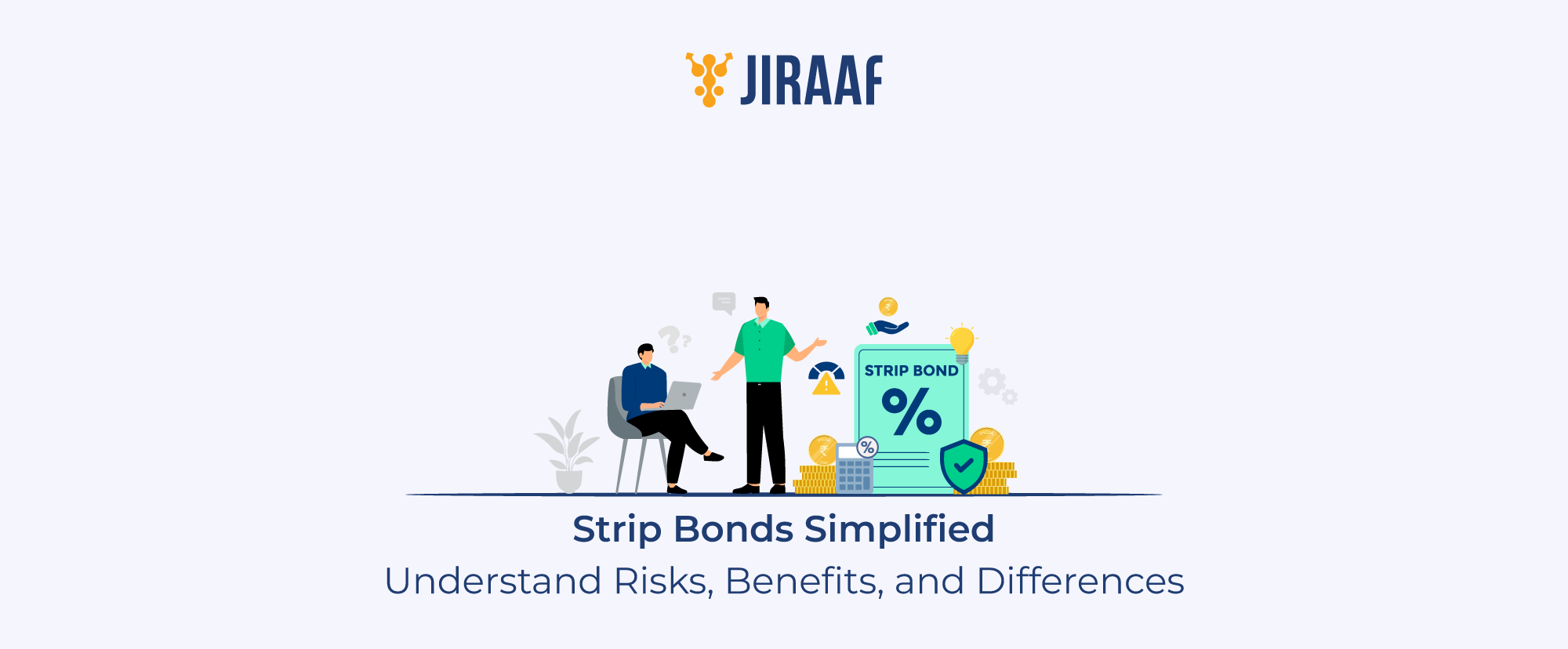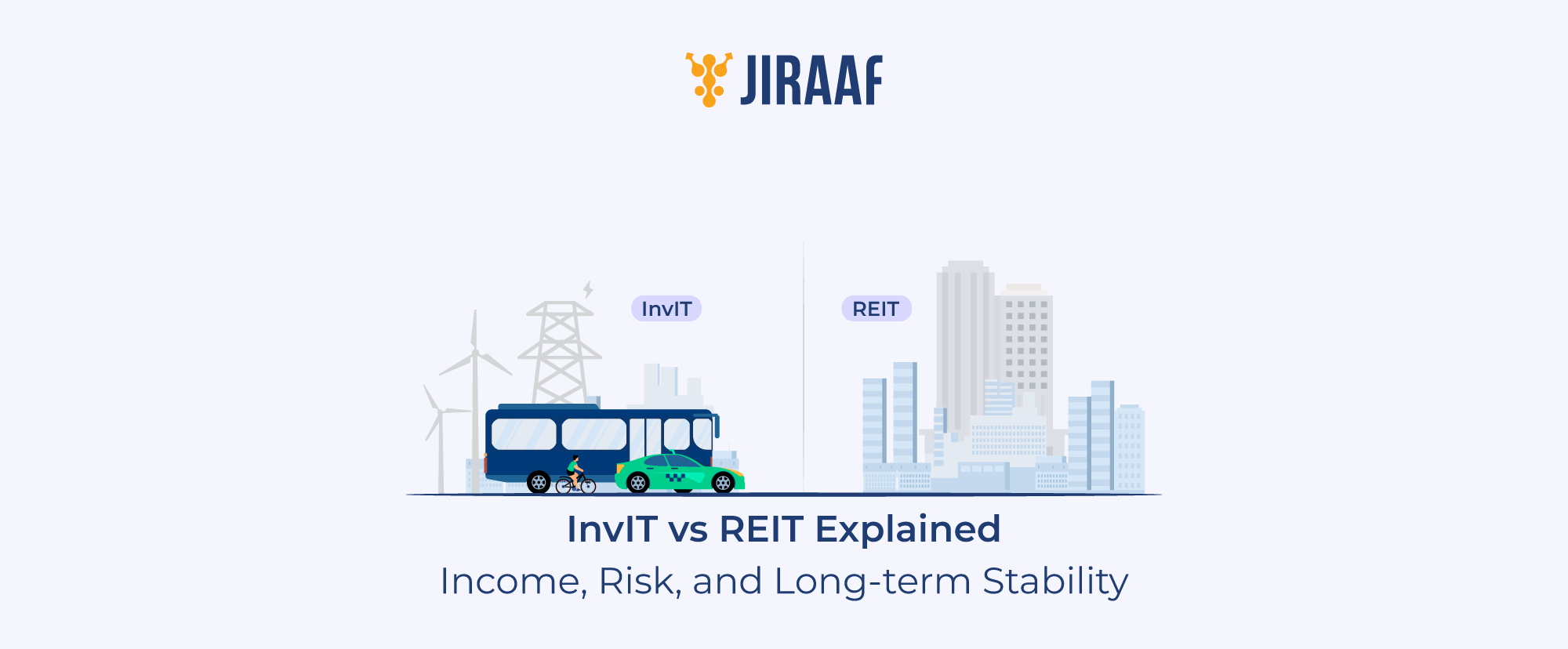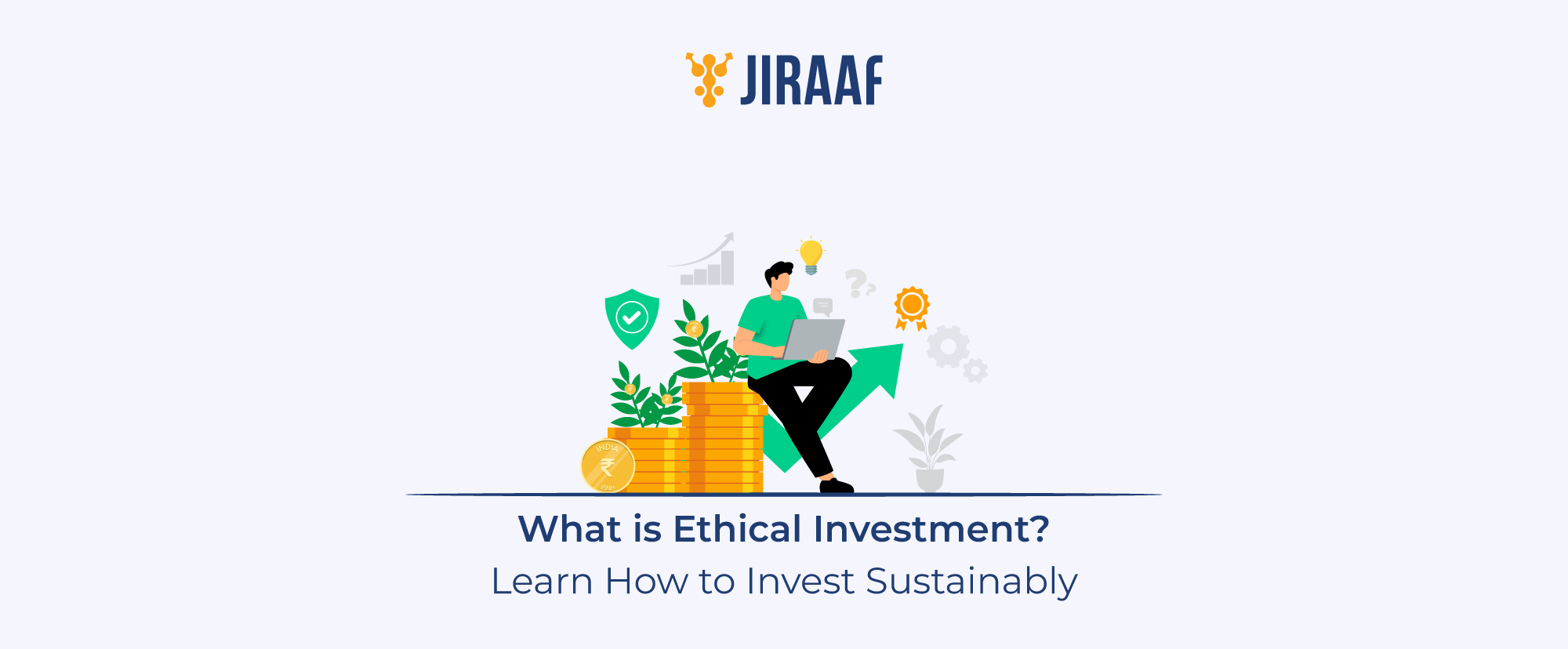If you ask your parents about the safest way to invest, chances are they’ll point to Fixed Deposits (FDs). For decades, FDs have been the go-to choice for those seeking stability and guaranteed returns.
But here’s what many investors miss: FDs aren’t just about steady income; they can also help you save on taxes. With a 5-year tax-saving FD, you can claim deductions of up to ₹1.5 lakh under Section 80C of the Income Tax Act, 1961. That means you not only lock in safe returns but also reduce your taxable income.
Sounds like a good opportunity? Let’s break down how tax-saving FDs work, their key features, and what you should keep in mind before investing.
What is a Tax-saving FD and How Does it Work?
A tax-saving FD is a special type of deposit with a lock-in period of 5 years, offered by banks and post offices. It not only gives you guaranteed returns but also helps you save on taxes.
The interest rates typically range between ~6.25% and 8.25% p.a. in 2025, depending on the bank. The biggest benefit? Under Section 80C of the Income Tax Act, 1961, you can claim deductions of up to ₹1.5 lakh in a financial year on the amount you invest.
For instance: If your annual income is ₹10,00,000 and you invest ₹1,50,000 in a tax-saving FD, your taxable income drops to ₹8,50,000. This lowers your tax liability while your money continues to earn steady returns.
However, one thing to remember: while the principal invested qualifies for deduction, the interest earned is fully taxable under “Income from Other Sources” and taxed according to your slab rate.
In short, a tax-saver FD is perfect if you want safety + tax benefits in one product.
Now that you know how a tax-saving FD works, the next question is — where can you invest? Let’s explore the different FD schemes eligible under Section 80C that you can consider.
80C Eligible FD Schemes You Can Invest In
Not all fixed deposits qualify for tax benefits. Only specific 5-year tax-saving FDs offered by banks and post offices are eligible under Section 80C of the Income Tax Act, 1961, allowing deductions of up to ₹1.5 lakh per year. These schemes combine assured returns with tax-savings, but come with a mandatory lock-in.
1. Bank Tax-Saving Fixed Deposits
Most public and private banks (excluding rural and cooperative banks) offer these special FDs. They guarantee returns with rates typically between 6.25%–8.25% p.a. in 2025, and senior citizens get 0.25%–0.75% higher. Investment starts from as little as ₹100–₹1,000, but the maximum deduction remains ₹1.5 lakh annually.
Interest, however, is fully taxable. In joint accounts, only the first holder can claim tax benefits. NRIs are not eligible to invest in 5-year tax-saving FDs; only resident Indians can.
2. Post Office 5-Year Time Deposit
An alternative with comparable tax advantages that is supported by the government is the post office. It is quite accessible because the lowest investment is only ₹100, and the maximum deduction is limited to ₹1.5 lakh.
Currently compounded quarterly, with returns are 7.5% p.a. (Aug–Sep 2025 rate under the Government’s small savings schemes), which is small but dependable. It is perfect for risk-averse investors who choose safety above greater returns because of its sovereign guarantee.
Premature withdrawals are not permitted because both options are intended for long-term savings. Their lack of liquidity results in your money being frozen for five years, even if they offer security and Section 80C benefits. Before making a commitment, investors should balance these limitations against their need for flexibility.
Lock-in Period and Premature Withdrawal Rules
When you put money into a 5-year tax-saving FD, it isn’t just about earning fixed returns—it’s also about committing to disciplined savings that qualify for Section 80C benefits. But unlike a regular FD, this one comes with stricter rules you must be aware of.
Lock-in Period
Every tax-saving FD carries a mandatory 5-year lock-in as per the Bank Term Deposit Scheme, 2006. This means your funds are completely unavailable during this period with no partial withdrawals, no loans against the deposit. The idea is simple: by locking your money, you ensure long-term savings while enjoying a deduction of up to ₹1.5 lakh under Section 80C. It’s a trade-off between liquidity and tax-savings.
Premature Withdrawal Rules
Unlike regular FDs, where you can break the deposit with a penalty, premature withdrawal of tax-saving FDs is not allowed. The only exception is in the case of the depositor’s death, where the nominee or legal heir may access the funds. In rare cases where a bank allows closure after the lock-in, you could face:
- Reduced interest payout: 1% or more penalty on applicable rates.
- Loss of tax benefit: The deduction already claimed under Section 80C is reversed, and the withdrawn amount becomes taxable in that financial year.
This makes it clear that once you opt for a tax-saving FD, you need to be prepared to stay invested for the full five years.
Tax Benefits & How to Save Tax on FD Interest
We’ve already hinted at this earlier—while tax-saving FDs help you claim deductions; the treatment of the principal and the interest is quite different. Let’s break it down.
The biggest advantage of a 5-year tax-saving FD is that the money you invest (up to ₹1.5 lakh in a financial year) qualifies for deduction under Section 80C. This applies to both bank tax-saving FDs and the 5-year Post Office Time Deposit.
Here’s the catch: while the principal is tax-deductible, the interest earned is fully taxable.
- Bank FDs: Interest is added to your income under “Income from Other Sources” and taxed at your slab rate. If the annual interest exceeds ₹40,000 in a year (₹50,000 for senior citizens) only in case of bank FDs, TDS applies.
- Post Office FDs: The treatment is similar principal qualifies for Section 80C, but interest remains taxable, but the post office does not deduct TDS.
How to Avoid Unnecessary TDS
One-way investors reduce TDS impact is by submitting Form 15G (for individuals below 60 years) or Form 15H (for senior citizens), provided their total income is below the taxable limit. This ensures that unnecessary TDS is not deducted when you’re otherwise not liable to pay tax.
Note: This does not apply to Post Office FDs since they don’t deduct TDS.
In short, tax-saving FDs help lower taxable income through the Section 80C deduction, but the interest earned needs careful planning, so it doesn’t erode your overall savings.
Now that you know the tax rules, the next obvious question is—which bank offers the best returns on a 5-year tax-saving FD? Let’s look at a bank-wise interest rate comparison to help you decide.
Bank-Wise 5-Year Tax-saving FD Interest Rates Comparison
When you put money into a 5-year tax-saving FD under Section 80C, choosing the right bank can make a big difference in your returns. Interest rates vary across banks, and so do the minimum investment requirements. To help you decide better, here’s a quick look at the FD tax-saving rates offered by leading banks (as of Aug–Sep 2025)—along with the minimum and maximum amounts you can invest.
| Bank Name | Interest Rate p.a. (General Citizens) | Interest Rate p.a. (Senior Citizens) |
| SBI | 6.80% | 7.30% |
| HDFC | 7.00% | 7.50% |
| Indusland Bank | 7.25% | 7.75% |
| Axis Bank | 7.00% | 7.75% |
| ICICI Bank | 7.00% | 7.50% |
| YES Bank | 7.25% | 8.00% |
| Capital Small Finance Bank | 8.00% | 8.50% |
| Federal Bank | 7.10% | 7.60% |
| Post Office (5-yr Time Deposit) | 7.50% (flat for all investors) | 7.50% (flat for all investors) |
Now that you know the rates different banks offer, the next question is obvious—how do you choose the best tax-saving FD that fits your needs?
How to Choose the Best Tax-saving FD for Your Needs
There is no universal approach when it comes to choosing the optimal tax-saving FD. Your tax rate, financial objectives, and level of confidence with locking in money for five years will all influence your choice.
The following are some things to consider:
1. Rules for Lock-in and Withdrawal
Section 80C imposes a 5-year lock-in term on all tax-saving FDs. Since money cannot be taken out early (except from infrequent circumstances like the depositor’s passing), it’s important to make sure you’re comfortable giving up this money for the duration of the account.
2. Interest Rates
Rates can range from 6.25% to 8.25% for general investors and 6.75% to 8.50% for senior citizens (as of Sept’25). A higher rate may look attractive, but it’s useful to compare post-tax returns since FD interest is taxable.
3. Investment Limits
Banks differ in their minimum requirements. Some allow deposits as low as ₹100, while others may need ₹20,000 or more. The tax benefit, however, is capped at ₹1.5 lakh under Section 80C. Choosing a bank with limits that match your budget can help.
4. Bank Reliability
Public sector banks like SBI or Indian Overseas Bank may offer slightly lower rates but bring strong credibility. Private banks like SBM or YES Bank sometimes provide higher returns but carry relatively higher risk. The trade-off between safety and returns is something to weigh.
5. Options for Nomination and Payout
While some may offer monthly dividends, most tax-saving FDs pay interest at maturity. This can be something to look at if you require a steady source of income. Additionally, having a nomination facility in place gives your family more security.
6. Consistency with Objectives
FDs are a good option if stability is your only goal. However, before making your decision, you could wish to compare them with ELSS or PPF if you’re willing to take a chance in exchange for possibly greater tax-adjusted returns.
Conclusion
For investors who want to reduce their tax burden under Section 80C and value safety and guaranteed returns, tax-saving FDs continue to be a reliable choice. Even if they don’t always yield the best post-tax returns, conservative investors choose them because of their consistency and ease of use.
The ideal tax-saving FD ultimately depends on how well it suits your tax planning strategy, liquidity requirements, and financial objectives. You may make a choice that strikes a balance between security and growth by taking the time to examine rates, lock-in terms, and substitutes like PPF or ELSS.
